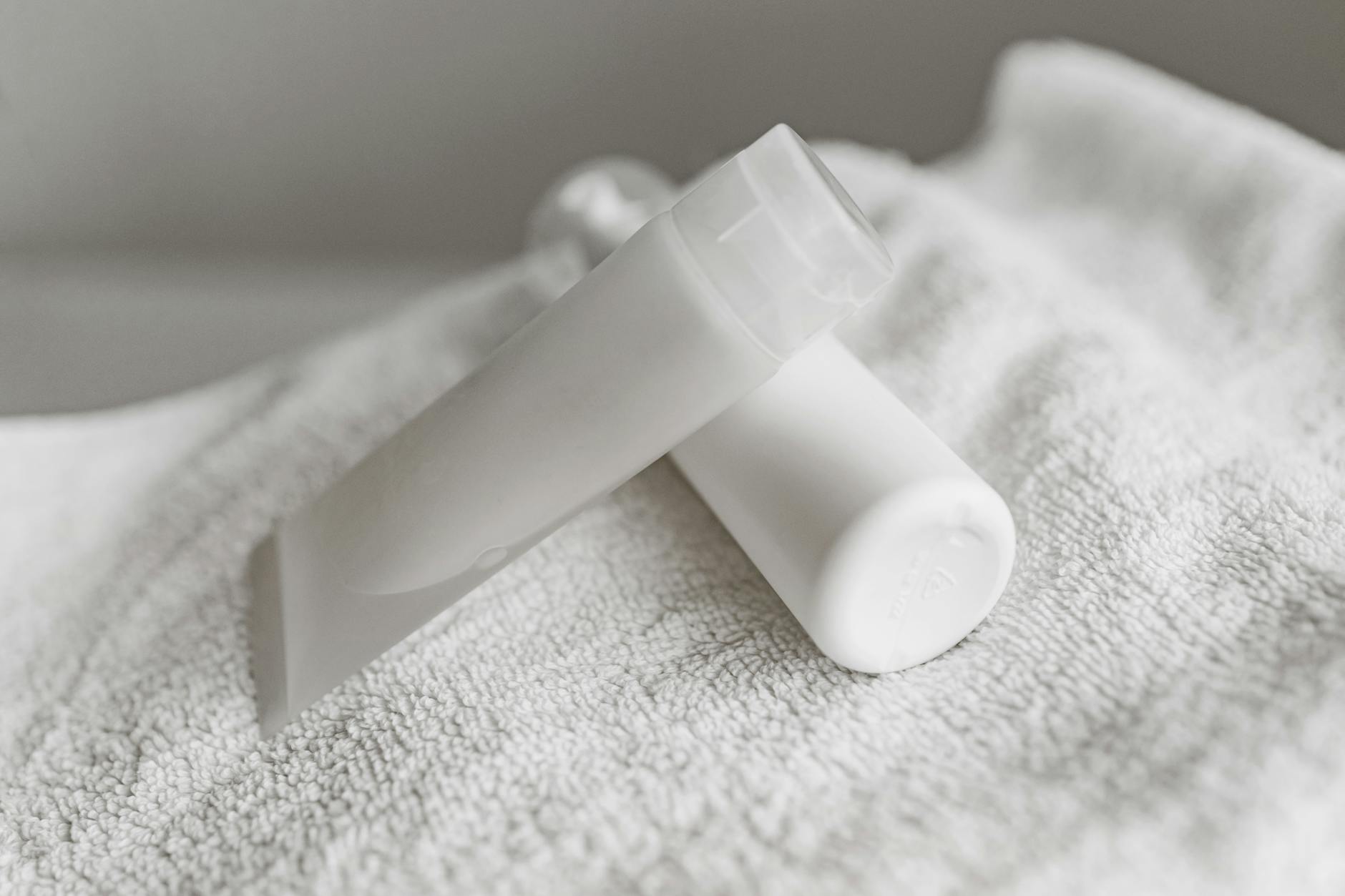How to Protect Australia’s Marine Life with Smart Sunscreen Choices

Choosing Reef-Safe Sunscreens
Venturing into the magical underwater world of the Great Barrier Reef is an adventure that requires preparation. One crucial step is selecting a reef safe sunscreen. The choices we make impact our health and the environment, particularly the delicate marine ecosystems. Many of us may overlook the fact that common sunscreens contain chemicals harmful to coral reefs. Ingredients like oxybenzone and octinoxate contribute to coral bleaching, threatening the health of these vibrant underwater landscapes.
To promote environmentally-friendly practices, it's essential to recognize the ingredients to avoid and instead opt for natural ones. Mineral-based sunscreens with zinc oxide or titanium dioxide are effective alternatives that provide sun protection without compromising the environment. These options doesn't only protect against UV rays but also safeguard the dazzling coral formations beneath the waves.
Navigating through the sunscreen aisle can be overwhelming, but looking for specific certifications can guide you to eco-friendly options. Brands displaying labels like “reef-safe,” “biodegradable,” or “eco-friendly” often use safe, non-toxic ingredients. Sharing this wisdom with fellow adventurers can amplify the impact of choosing nature-friendly products.
Finally, as the sun sets over the Daintree Rainforest, consider how individual choices contribute to the conservation of our planet. Whether gearing up on Fitzroy Island or taking a leisurely ride on the Kuranda Scenic Railway, these informed decisions preserve our breathtaking natural surroundings.
Impact on Marine Life
Effects of Chemicals
During my visits to Fitzroy Island National Park, I've seen firsthand the vibrant marine ecosystems that are under threat from our sunscreen choices. The chemicals often found in conventional sunscreens, like oxybenzone and octinoxate, have drastic effects on coral reefs. They contribute to coral bleaching by increasing coral sensitivity to the sun and warm waters, ultimately jeopardizing the aquatic life that calls the reef home. As stewards of the natural world, it's crucial to understand that even a small amount of these chemicals can cause significant damage, impacting not only the corals but the entire marine life network connected to these underwater habitats.
Benefits of Going Safe
Opting for eco-friendly sun protection, such as zinc sunscreen, offers numerous benefits to marine ecosystems. These mineral-based sunscreens use ingredients like zinc oxide, known for their non-toxic and non-nano nature, safeguarding coral reefs while providing effective UV protection. Switching to reef-safe options supports the overall biodiversity within our oceans, promoting healthier coral growth and thriving aquatic populations. By making these informed choices, you contribute to the conservation efforts that strive to maintain the oceans' health and diversity.
Case Studies: Reef Protection
In places I've explored, like the breathtaking vistas of the Great Barrier Reef, local conservation initiatives have shown promising results by promoting the use of secured sun protection. These campaigns have successfully rallied communities and visitors to embrace choices that honour our natural heritage. Implementing eco-conscious alternatives has led to remarkable improvements in coral health and resilience, underscoring the impact of our collective responsibility in maintaining the pristine conditions that we, and future generations, treasure.
Effective Sunscreen Use
Proper Application Techniques
When venturing out in awe-inspiring spots like the Kuranda Scenic Railway, one must be mindful of applying sunscreen. For optimal protection, ensure you're applying baby sunscreen at least 15 minutes before sun exposure. This allows the skin to absorb the minerals fully. Apply a liberal amount, focusing on all exposed areas, and don't forget those easy-to-miss spots like the back of your neck and ears. Doing so protects both your skin and the reefs, as less washes off into the ocean.
Frequency and Timing
Reapplying sunscreen is as essential as the initial application. This especially holds true for adventurers who often transition from dry hikes to ocean dips. To maintain effective protection, reapply baby sunscreen every two hours or immediately after swimming or sweating. This routine strikes a balance between enjoying the sun-kissed landscapes and adhering to environmentally-friendly practices.
Combinations with Other Products
Combining baby sunscreen with other skin products can bolster protection. Use moisturizers first, let them dry, then apply sunscreen. Moreover, if you’re donning sunglasses or hats, they add an extra layer of defense. This method nurtures the skin while preserving the vibrant marine life around Cairns.
Incorporating these practices not only enhances personal sun safety but also champions a wave of sustainable tourism. From the Great Barrier Reef to your local Aussie coastlines, every conscious step you take in applying sunscreen counts.
Tips for Guiding Clients
Educating Tour Participants
As an outdoor adventure guide in captivating Cairns, educating clients about eco-friendly kids sunscreen is crucial. Effective education begins by informing participants how some chemical components in conventional sunscreens can wash off into the ocean, affecting marine ecosystems including the Great Barrier Reef. Familiarize them with the benefits of mineral-based sunscreens which use ingredients like zinc oxide, known for being safer for coral reefs.
Providing Practical Guides
Handing out practical guides can enhance understanding and retention of information among your clients. Consider creating a small, easily understandable pamphlet that details differences between traditional and reef-safe sunscreens, highlighting reasons to choose more sustainable options. Incorporate tips on identifying active ingredients and instructions for use. This tangible resource serves as a reminder for adventurers to choose environmentally conscious options, even after they leave the enchanting waters of the reef.
Common Questions Answered
Clients often raise questions about eco-friendly practices, so be prepared with answers. Common inquiries revolve around the effectiveness of reef-safe sunscreens compared to traditional variants, their availability in local stores, and their safety for children. Sharing insights into these general queries will empower your clients with knowledge and promote environmentally-friendly practices they can implement in their own lives. Through education and practical guidance, you can foster a deeper appreciation and understanding of conservation efforts, enabling your clients to become advocates for sustainable tourism and marine protection.
Reducing Common Reef-Safe Mistakes
Spotting Misleading Labels
Have you ever stood in the sunscreen aisle, feeling a little lost trying to decipher labels? It's a challenge, especially with brands touting their products as "natural" or "eco-friendly" when they're not. The key is to scrutinize the ingredients list—look for zinc oxide or titanium dioxide and steer clear of nasties like oxybenzone that can harm coral reefs. Next time you're on the shorelines near Fitzroy Island National Park, ensure your sunscreen actually safeguards both your skin and marine life beneath the waves.
Using Product Properly
We all know the importance of applying sunscreen, but using it effectively is crucial. A generous coat is essential, especially when exploring the sun-kissed terrains of the Daintree Rainforest. Moreover, reapplication every two hours, or after swimming, isn’t just a suggestion—it's a must to maintain protection. Let’s not forget that some reef-safe sunscreens need an even layer covering all exposed skin, so don’t skimp!
Understanding Environmental Impact
Our decisions ripple through this world; inaction is not an option. Rejoice that using options like banana boat reef friendly sunscreen helps keep the Great Barrier Reef vibrant. The journey along Kuranda Scenic Railway reminds us of the splendour we can preserve with every thoughtful choice. Our everyday actions support giant strides towards sustaining these oceanic wonders. Embrace this opportunity for change with confidence and spread the word to every fellow adventurer you meet.


